Biology Reference
In-Depth Information
dependent SKT6 cells [103, 104]. The role of JNK and p38 in inducing apop-
tosis of erythroid cells remains controversial [104, 109, 110].
Knock-outs
To date, all the three
ras
genes (
H-,N-,
and
K-ras
) have been knocked out in
mice [111-114].
K-ras
-/-
,
N-ras
-/-
,and
K-ras
+/-
mice die at early embryonic
stages with anemia [112]. The cellular mechanisms underlying this phenotype
remain elusive. On the other hand, mutations in
N-
and
K-ras
genes that cre-
ate constitutively active/oncogenic Ras proteins are frequently identified in
patients with myeloid disorders [115]. In these disorders, the erythroid lineage
is often affected, suggesting a role for altered Ras signaling in dysregulated
erythropoiesis seen in these patients. Terminal erythroid differentiation is
blocked in human umbilical cord blood cells expressing oncogenic N-ras
[116]. It is not clear whether N-ras is blocking downstream signaling of EPOR
in these cells.
Negative regulation and hyperactive EPOR
SOCS
The amplitude and duration of EPOR signaling is modulated by negative reg-
ulators. The cytokine-inducible SH2-containing protein, currently known as
CIS1, was the first member of a large family of cytokine-receptor inhibitors
identified [71]. CIS1 was cloned originally as an immediate early gene
induced in response to interleukin (IL)-2, IL-3, and EPO [71]. Upon EPO stim-
ulation, CIS1 binds EPOR, specifically on Tyr401 [117], and may interfere
with STAT5 binding to the receptor. Overexpression of CIS1 partially inhibits
STAT 5 activation and EPO-stimulated proliferation [118]. CIS1 inhibition of
STAT5 may be part of a feedback loop where expression of CIS1 is induced
by activated STAT5. The CIS promoter contains two STAT5-binding sites that
can be induced by EPO in cells transfected with EPOR [118]. In addition, lack
of CIS1 expression in several organs of STAT5a
-/-
/
- -/-
mice supports the
hypothesis that STAT5 activates CIS expression [82, 119]. Available data sug-
gest that CIS1 may also attenuate EPOR signaling by accelerating the ubiqui-
tination and degradation of activated EPOR [117, 120].
Two other members of the CIS family bind JAK-2 tyrosine kinase. The
JAK-binding protein interacts with the kinase domain of JAK-2 [121] by
specifically binding to the phosphorylated tyrosine pY1007 in the activation
loop [122]. JAK-binding protein was cloned as suppressor of cytokine-signal-
ing-1 (SOCS-1), an inhibitor of IL-6-induced differentiation of the murine
myeloid M1 cells, as well as STAT-induced STAT inhibitor (SSI-1) [123].
SOCS-1 is a negative regulator of interferon (IFN)-
signaling. The phenotype
of SOCS-1
-/-
mice is reminiscent of that seen in IFN-
γ
transgenic mice [124,
125]. SOCS-3 binds the kinase domain of JAK-2, and inhibits JAK-2 tyrosine
γ








